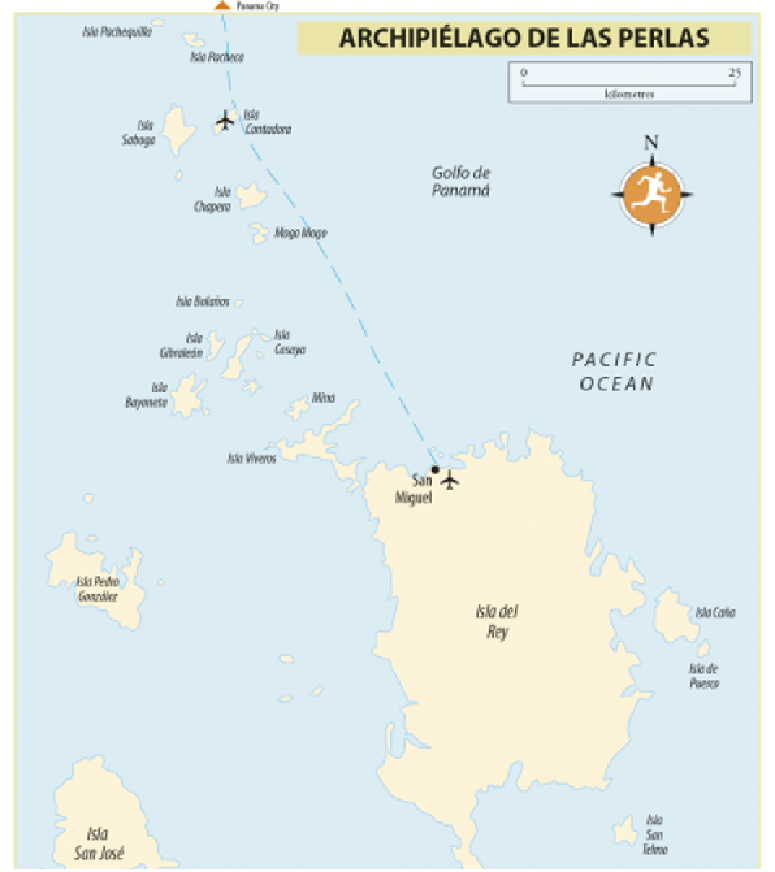Travel Reference
In-Depth Information
sightings of humpback
whales
that come to breed. As elsewhere in Panama, high season co-
incides with the dry season but since the archipelago receives far less rainfall than the main-
land and prices are lower and beaches less crowded, it's worth considering a visit at other
times.
SLAVES, PIRATES AND PEARLS
Little is known about the
indigenous population
of the archipelago, which was wiped out
in the sixteenth century after news of the abundance of
pearls
reached the conquistadors'
greedy ears. Needing labour to harvest them, the Spanish brought over African slaves, the
ancestors of most of the current population. Over the next few centuries, the maze of is-
lands provided hideouts for pirates plundering Spanish galleons en route from Peru, often
with the help of local bands of
cimarrones
(escaped slaves).
The end of Spanish rule did not spell the end of the pearl trade, which thrived until the
oyster beds became diseased in the 1930s. Though they have recovered to an extent - pearl
fishers still operate from Isla Casaya - there's little chance of a new pearl rivalling the ar-
chipelago's most famous find, the pear-shaped Peregrina (“pilgrim”). Plucked in the six-
teenth century, it belonged to Spanish and English royalty before ending up with Holly-
wood legend
Elizabeth Taylor
.
Tourism
in the islands took off in the 1970s when businessman and diplomat Gabriel
Lewis Galindo bought the island for a bargain $30,000. By constructing roads and selling
off plots to other wealthy Panamanians, he established Panama's first resort island.

